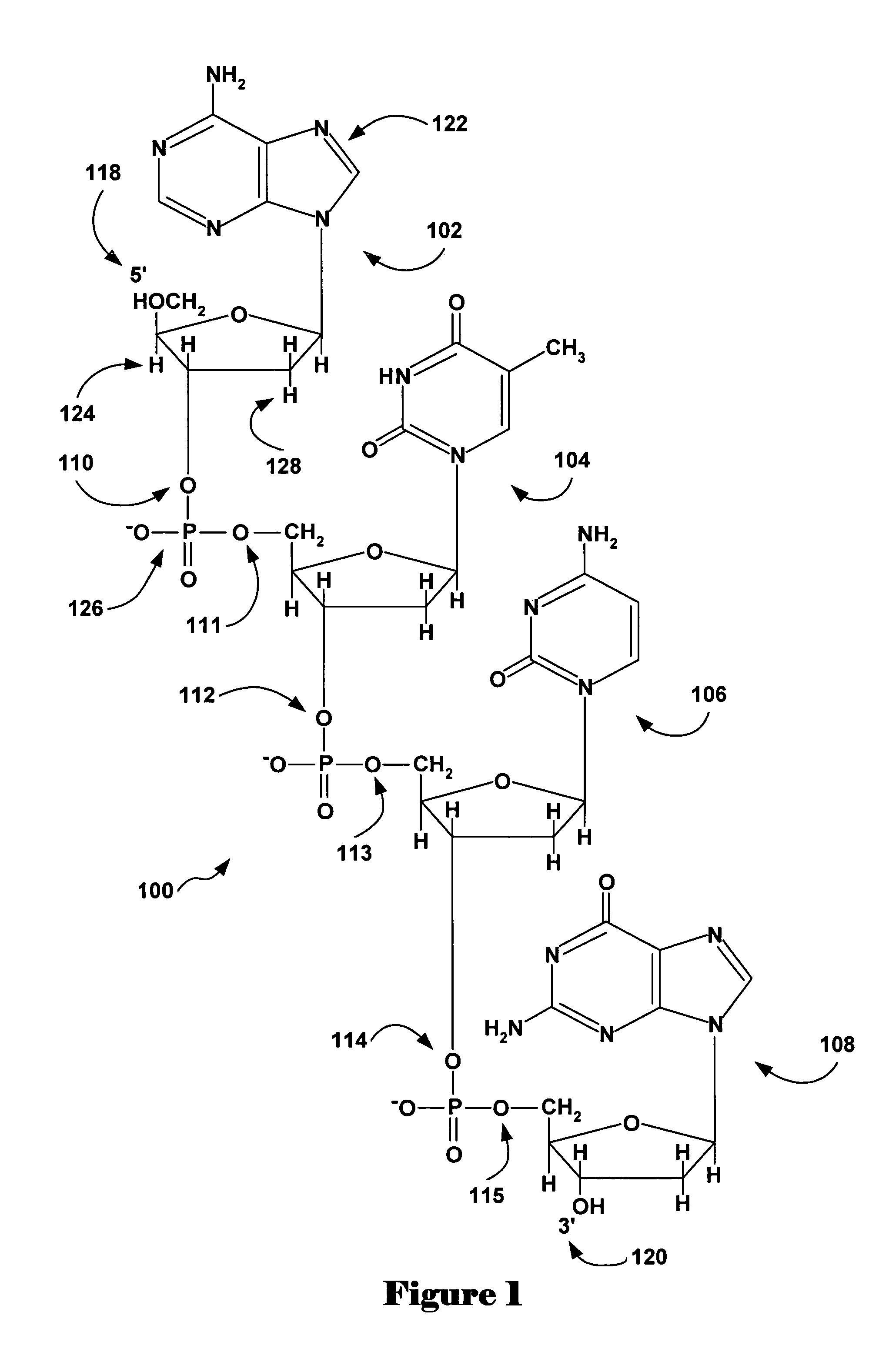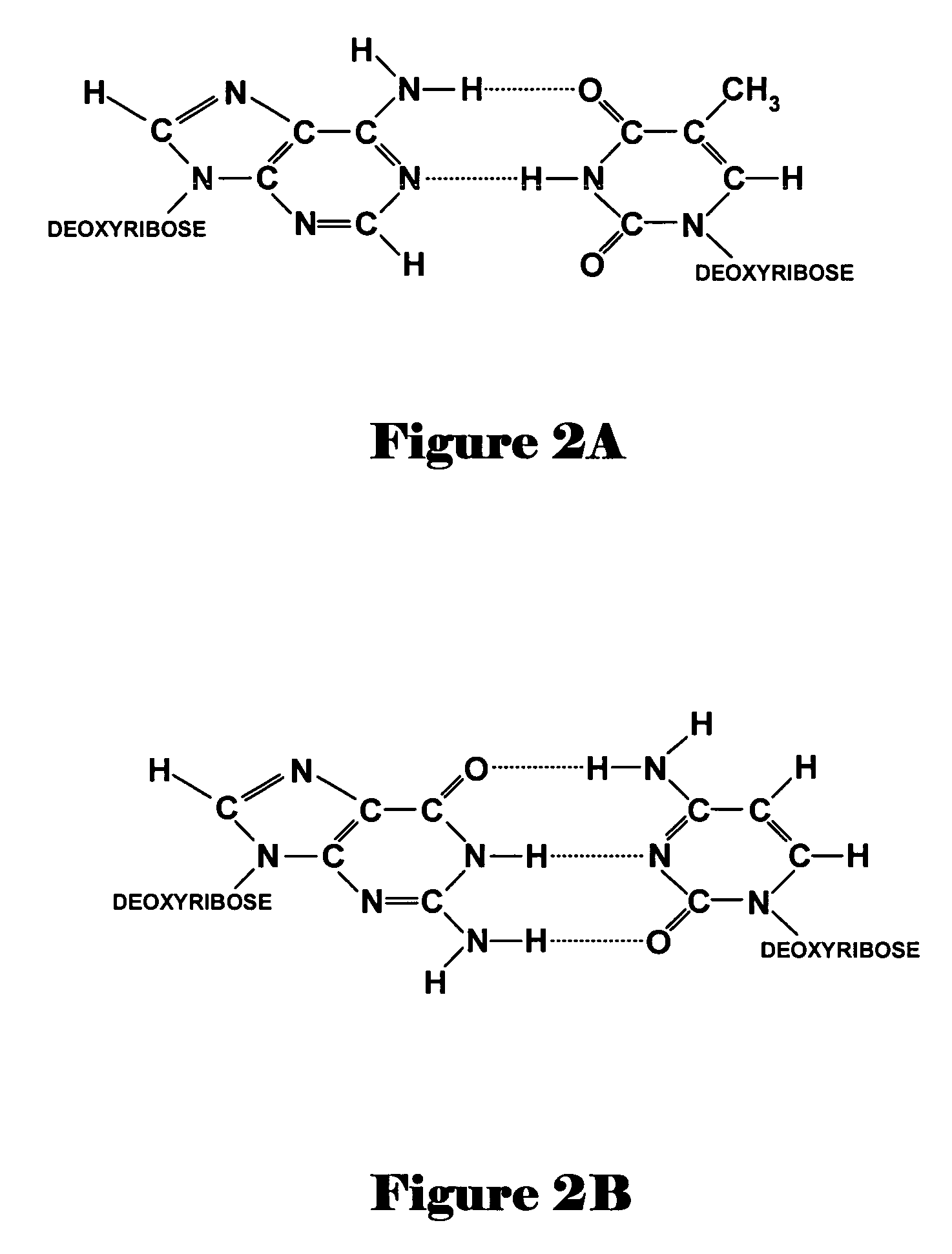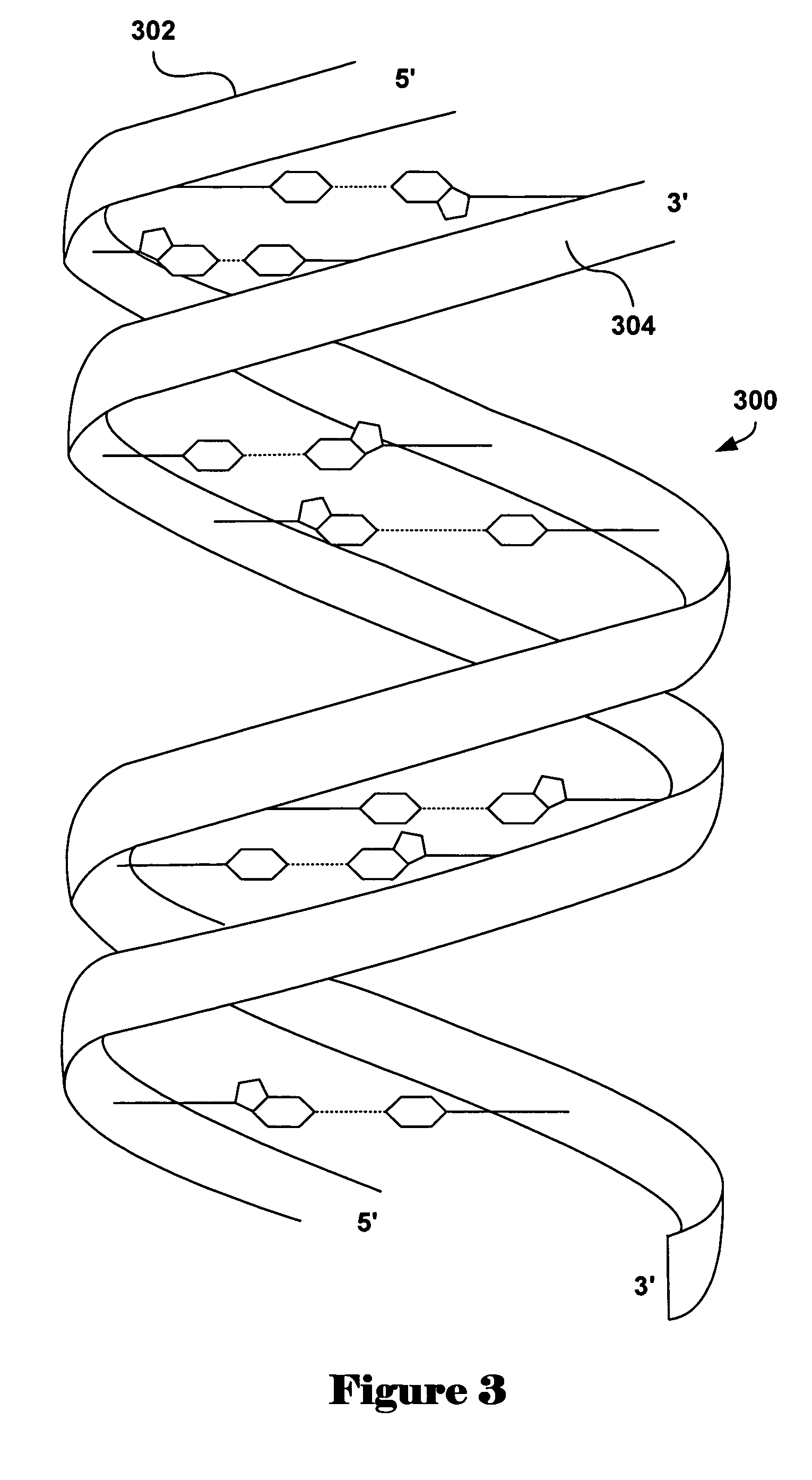Method and system for quantifying and removing spatial-intensity trends in microarray data
a microarray and spatial intensity technology, applied in the field of microarrays, can solve problems such as inaccuracy in the determination of gene expression levels during analysis
- Summary
- Abstract
- Description
- Claims
- Application Information
AI Technical Summary
Benefits of technology
Problems solved by technology
Method used
Image
Examples
Embodiment Construction
[0035]Embodiments of the present invention are directed toward a method for quantifying and correcting spatial-intensity trends in microarray data. The following discussion includes two subsections, a first subsection including additional information about molecular arrays, and a second subsection describing embodiments of the present invention with reference to FIGS. 11-20.
Additional Information About Microarrays
[0036]A microarray may include any one-, two- or three-dimensional arrangement of addressable regions, or features, each bearing a particular chemical moiety or moieties, such as biopolymers, associated with that region. Any given microarray substrate may carry one, two, or four or more microarrays disposed on a front surface of the substrate. Depending upon the use, any or all of the microarrays may be the same or different from one another and each may contain multiple spots or features. A typical microarray may contain more than ten, more than one hundred, more than one ...
PUM
| Property | Measurement | Unit |
|---|---|---|
| area | aaaaa | aaaaa |
| area | aaaaa | aaaaa |
| diameters | aaaaa | aaaaa |
Abstract
Description
Claims
Application Information
 Login to View More
Login to View More - R&D
- Intellectual Property
- Life Sciences
- Materials
- Tech Scout
- Unparalleled Data Quality
- Higher Quality Content
- 60% Fewer Hallucinations
Browse by: Latest US Patents, China's latest patents, Technical Efficacy Thesaurus, Application Domain, Technology Topic, Popular Technical Reports.
© 2025 PatSnap. All rights reserved.Legal|Privacy policy|Modern Slavery Act Transparency Statement|Sitemap|About US| Contact US: help@patsnap.com



